Cinnamon: The Miracle Bark
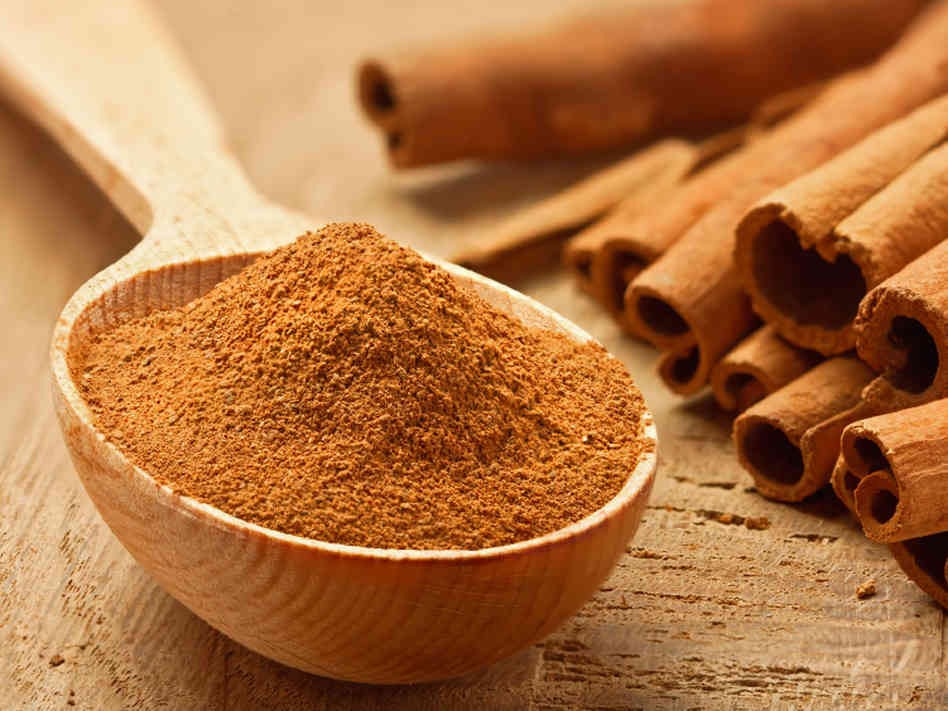
Cinnamon Powder
One of the first spices to be traded in the old world, and considered precious in ancient times, is cinnamon. This is a spice whose flavour is due to an aromatic essential oil that constitutes about 0.5 to 1% of its composition. This highly coveted spice was so valuable in ancient times, that it was often classed with other precious items such as gold and ivory. In fact, it was regarded as a suitable gift for monarchs and Gods. The original homeland of cinnamon is a matter of debate. It is, however, known that it travelled to Egypt from China in 2000 BCE. The spice is mentioned in the Book of Proverbs and also alluded to in the works of Herodotus and other classical writers. Emperor Nero is said to have burnt a year’s supply of cinnamon at the funeral of his wife Poppaea Sabina. Today, this spice is native to the Malabar Coast of India and Sri Lanka. Myanmar, South America and the West Indies also cultivate it on a large scale. In Indonesia, cinnamon is called kayu manis which means “sweet wood”. The Italians on the other hand call it canella, meaning “little tube”, which aptly describes cinnamon sticks.
There are two variants of cinnamon – one is the cassia, which the Americans sourced from Indonesia and China. The other is the Ceylon type which is considered the “true spice”. Other than the difference in their external appearance, a key difference is the amount of coumarin – a toxic chemical compound, which is present in cassia. Excessive consumption of cassia is dangerous and it is generally considered unsafe for pregnant women.
Cultivation
Cinnamon is actually the bark of a tree. This bark is peeled and dried and is often ground into powder. It is also rolled. The cinnamon tree can grow to a height of 66 feet, although they are pruned regularly and kept as groups of bushes so that it is easier to cultivate the bark. There are numerous species of the cinnamon tree. Their leaves are ovate-oblong in shape and are around 7-18 centimetres long. The flowers are yellowish green in colour. The irony is that the flowers do not have a pleasant smell. The berry is purplish in colour and contains a single seed.
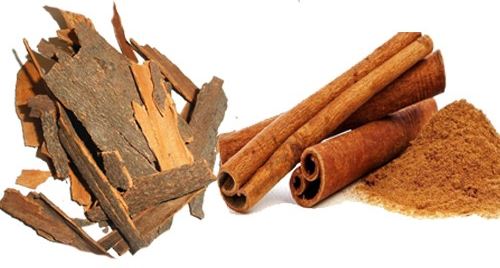
Cassia & Cinnamon
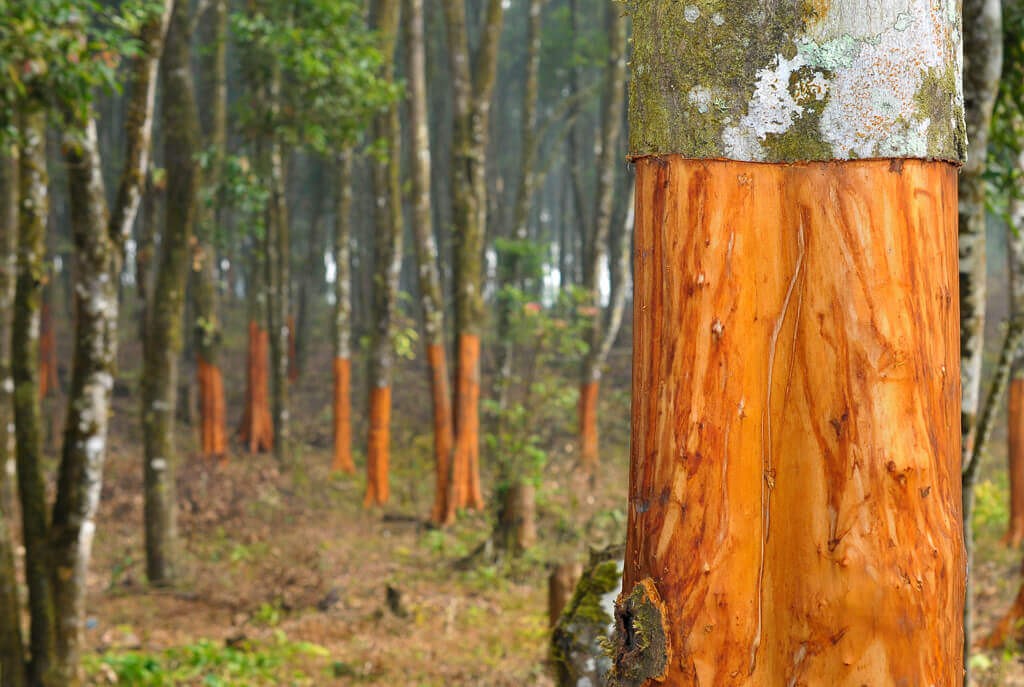
Cinnamon Trees
In Sri Lanka, cinnamon is harvested during the monsoons. The shoots are cut close to the ground. Once cut, they are scrapped with a blade and then rubbed with a brass rod to loosen the bark, after which the bark is split with a knife and then peeled. The peels are then telescoped one into another in order to maintain the cylindrical shape trimmings. Cinnamon sticks are also called quills. These rolls are then dried for 4 to 5 days and then rolled again to tighten them. They are then placed in mellow sunlight for further drying. Finally, they are bleached and sorted into grades.

Cinnamon Berry
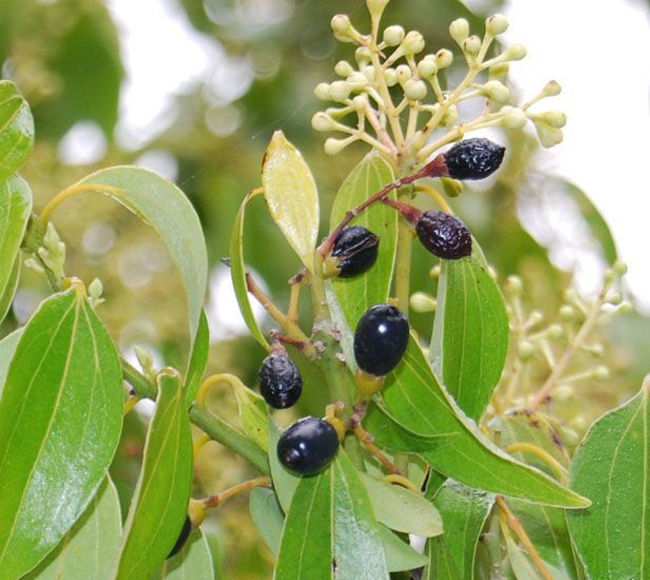
Cinnamon Flower
Uses
The world over, cinnamon has been rated as one of the most delicious, healthiest and most beneficial spices. The delectable dessert which goes by the name “cinnamon roll” is famous all over the world. Cinnamon is a very powerful health ally and it helps fighting off everything from a common cold to neurodegenerative disorders – like Alzheimer’s and Parkinson’s. Cinnamon is loaded with antioxidants, it has anti-inflammatory properties, its regular consumption cuts the risk of heart disease and lowers blood sugar levels, and helps in fighting obesity. In all, it is a wonder drug found in a natural form. In fact, researchers are hopeful that this spice is bound to reveal more of its medicinal properties in the years to come. In Sweden, the glory of this spice has been immortalised – October 4th every year is celebrated as “National Cinnamon Roll Day”.

Cinnamon Roll
 Government of India
Government of India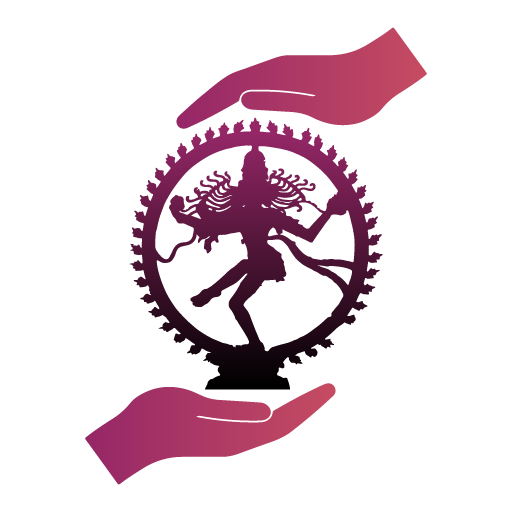





















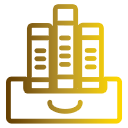











 Recognizing the ongoing need to position itself for the digital future, Indian Culture is an initiative by the Ministry of Culture. A platform that hosts data of cultural relevance from various repositories and institutions all over India.
Recognizing the ongoing need to position itself for the digital future, Indian Culture is an initiative by the Ministry of Culture. A platform that hosts data of cultural relevance from various repositories and institutions all over India.